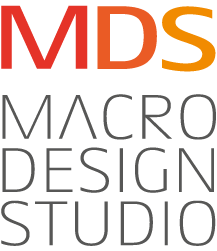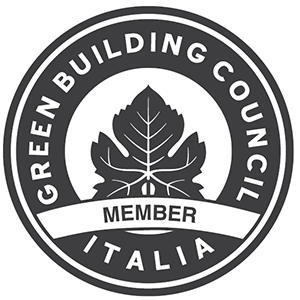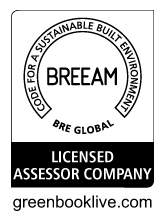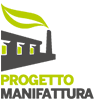Sustainability in construction is extremely relevant for the development of a society, so much that it is one of the Sustainable Development Goals, (SDGs) of the United Nations (UN) 2030 Agenda. In the post-COVID era it acquires even greater strategic importance becoming one of the main factors of recovery of economic and social development at the base of the National Recovery and Resilience Plan (“PNRR”) where we talk about green revolution and ecological transition.
But what does it really mean to design, build or purchase a sustainable building?
Green building interventions are fully part of the concept of sustainable development defined in the 1987 Brundtland Report, defined as: “[…] meeting the needs of the present without compromising the ability of future generations to meet their own needs”.

What is a green building?
We often tend to believe that those who deal with sustainability in the construction sector are driven solely by environmental concerns. The World Green Building Council, for example, defines a green building as “a building that, in its design, construction or operation, reduces or eliminates negative impacts, and can create positive impacts, on our climate and natural environment. Green buildings preserve precious natural resources and improve our quality of life. Green buildings preserve valuable natural resources and improve our quality of life”.
However, the concept of sustainability, in its current definition, involves the integration of three elements (triple bottom line): society, economy and environment. No “green” project can exclude one of these three aspects, so the concept of sustainability is something more complex than just ecology. A green building is a building designed to be high-performing and sustainable, both from the point of view of the ecological footprint and from that of the well-being of those who live there.
Integrated design therefore becomes a fundamental approach to achieve sustainability objectives and must necessarily be supported by increasingly advanced tools for the analysis of the behavior of the building-plant system (dynamic energy simulation software) and for the analysis of the environmental impact of a building (tools to conduct LCA — Life Cycle Assessment).
The first step towards achieving environmental sustainability objectives is to reduce the need, not only energy but also water and natural resources in general, followed by the satisfaction of this need with effective and sustainable technologies such as renewable sources, efficient management systems, recycled materials and reclaimed water. It is necessary to embrace an overall and general vision that ranges from water-energy performance to comfort, from sustainability to the salubrity of materials, from design to site management and the operation of the asset.
A great help comes from the circular economy model: a production and consumption scheme that involves sharing, lending, reuse, repair, reprocessing and recycling of existing materials and products, in order to extend the life cycle of products and buildings.
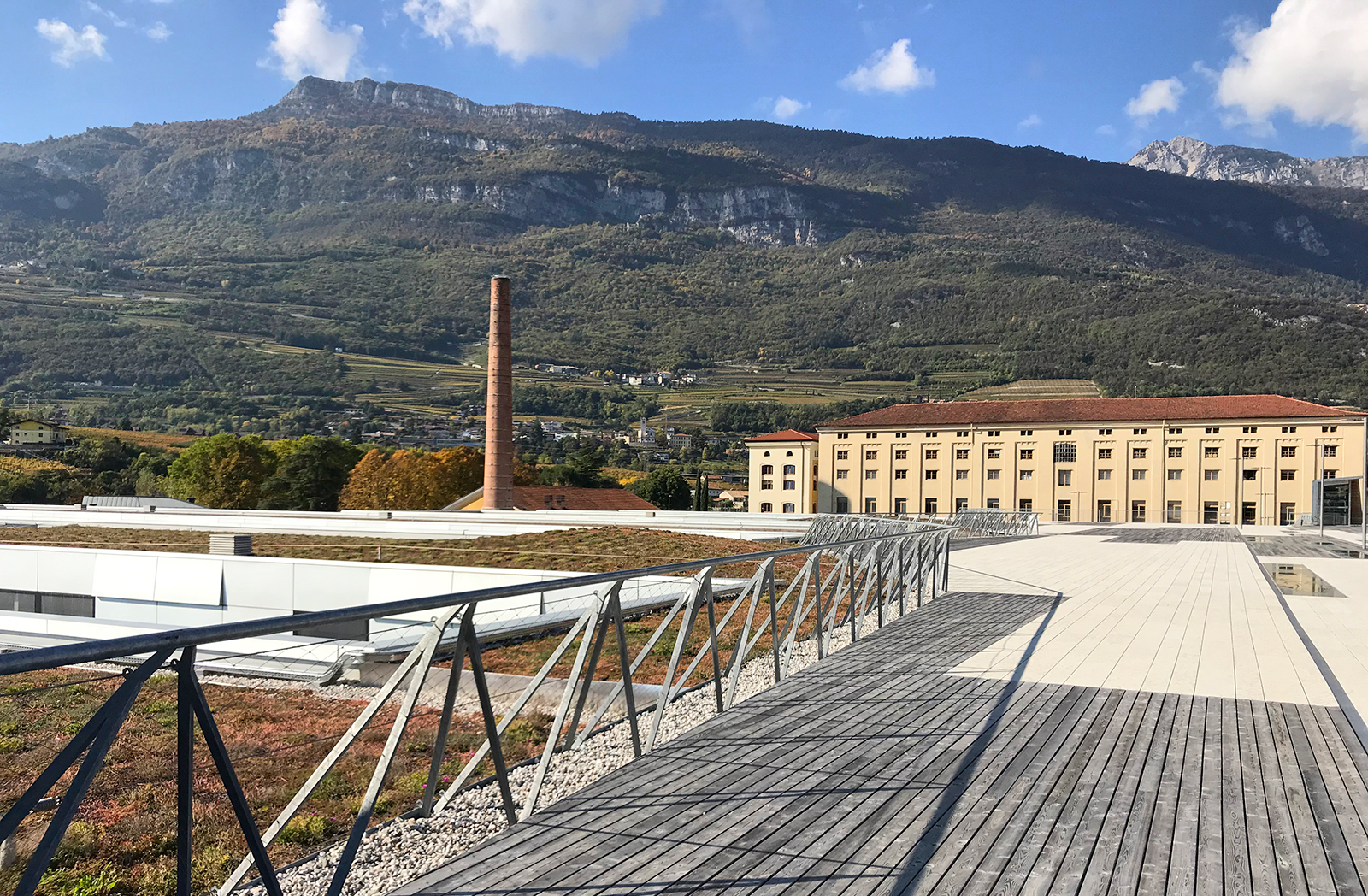
Systems that measure the holistic sustainability of a building intervention.
Sustainable construction uses specific measurement and evaluation systems, some developed at national level such as CasaClima Nature and Itaca, others internationally recognized and commonly used in Italy like the LEED (Leadership in Energy and Environmental Design) protocol of USGBC (U.S. Green Building Council) and the Living Building Challenge of ILFI (International Living Future Institute) and the British BREEAM (Building Research Establishment Environmental Assessment Method). These are rating systems that assess and certify the performance of buildings not only from an energy point of view but also in relation to the impacts on the environment and on the health and well-being of the people who use them. The certification from a third party not only guarantees the quality of the evaluation process based on shared and impartial methodologies, but also allows to communicate the level of performance achieved. Living Building Challenge distinguishes itself from the others through encouraging the creation of regenerative environments and because the final certification is issued only after twelve months of use, in which consumption is periodically measured; the building must demonstrate that it is fully self-sufficient from an energy point of view, through the use of renewable sources.
The peculiar aspects of green buildings, intended as buildings designed, built and managed according to energy and water efficiency criteria, saving of natural resources, comfort and well-being of occupants, respect for the hydrological cycle, increased biodiversity, reduction of the heat island effect, incentive of alternative mobility, reduction of greenhouse gas emissions, etc…, is that they allow to get advantages that are recognized by the real estate market and that are reflected and guaranteed in sustainability protocols. The increase of the commercial value of sustainable buildings, whether it be for sale or rent, distinguishes green building in Italy as well as abroad. The much lower energy needs compared to that of a traditional building, combined with advanced systems and energy generation systems from renewable sources, enable very short return of investment, without forgetting the well-being and positive externalities that these buildings bring to the urban and geographical context in which they fit.

Certifications that assess the well-being and safety of occupants.
There are also certification protocols that evaluate buildings with respect to the concepts of well-being, safety or digital connectivity, often used in conjunction with other rating systems dedicated to environmental sustainability projects: what are they?
WELL, which evaluates the comfort and well-being of occupants in order to improve their lives, ranging from acoustic, thermo-hygrometric and visual comfort to nutrition and physical activity.
WELL Health-Safety Rating, the protocol for the management of buildings in health and safety born with the emergence of the COVID-19 pandemic.
Fitwel, a valuable and cost-effective certification standard that aims to improve the health and productivity of occupants through targeted workplace design and policy interventions.
RESET Air, the indoor air quality standard (IAQ) based on sensors that work continuously and performance targets that focus on the well-being of occupants in buildings.
WiredScore, which evaluates the digital infrastructure and the connectivity of a building, intended as efficiency and integration of the asset against current, emerging and future digital technologies.
SmartScore, certifies the features that a smart building offers to its users. Through digital technologies, creating stimulating workspaces and inserting flexibility elements, certification ensures a flexible building ready for future changes.
The Italian “CAM Edilizia”.
The principles of energy certification schemes for buildings for sustainable construction are fully reflected both in the national plan of sustainable urban regeneration and in the Minimum Environmental Criteria (“Criteri Ambientali Minimi” – “CAM Edilizia”), in a way that the latter explicitly provide for the possibility of documenting the various criteria using the same evidences produced for a specific rating system if all the requirements relating to the environmental performance referred to by the “CAM” criterion are met in the rating system itself. However, it should be noted that rating systems such as LEED certification and BREEAM certification, etc…, whose use has now been consolidated at national level for more than 10 years, very clearly frame the requirements to be met and the documentation to be produced to give evidence of compliance. On the other hand, the national documents mentioned are more recent and still generic.

Environmental Social Governance (ESG): the new frontier.
ESG criteria make it possible to accurately measure a company’s environmental, social and governance performance based on standardized and shared parameters.
These criteria converge in a set of operating standards that must inspire the actions of a company to ensure the achievement of certain environmental results, at the social and corporate governance level. These criteria are then used by investors to evaluate and decide their investment choices.
Sustainability protocols such as LEED and BREEAM become fundamental for actions in the Environmental parameter and offer an excellent tool for measuring and communicating the commitment to environmental sustainability of a company or organization.
As we have seen, the issues around sustainable construction are many and constantly evolving.
